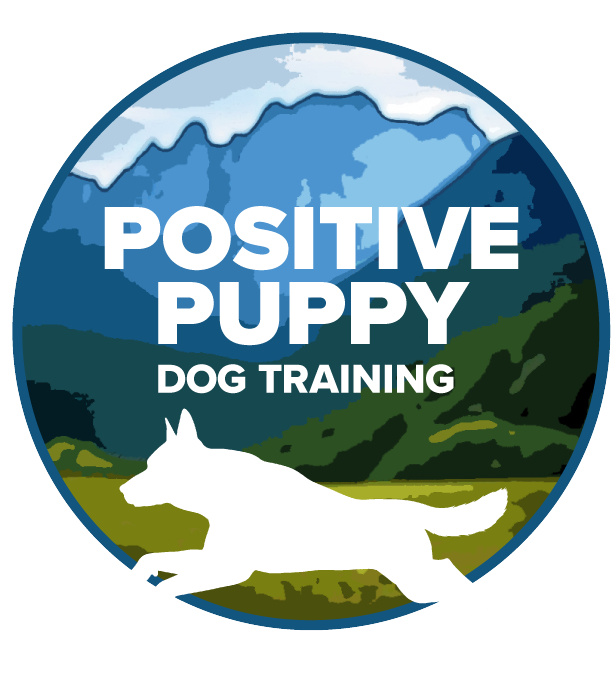The Stress of Purely Positive Training
Right now, the internet is full of “science based,” “stress free,” “force free,” and “purely positive” training programs and ideas. Dog training is not a science as much as it is an art, and a skill that is honed by experiences with hundreds or thousands of dogs and knowledge that is acquired through sharing skills with other professionals.
A purely positive approach to dog training is incredibly wonder as an idea, but the reality is that purely positive reinforcement forces the dog to guess at what is the appropriate behavior by seeing only one side of the coin.
In the real world, every species learns through both good and “bad” reinforcement. We learn not to speed by getting a ticket. Wild animals learn not to seek a porcupine as a meal with a face full of quills. In the dog world, a dog that is fresh, or a bully will learn from another dog that provides a sneer or growl for inappropriate behavior.
When we take dog training to that level, it is first imperative to control the environment so the dog can continually be set up for positive reinforcement. That might work in a training room with one or more dogs on a leash, but in the real world, the environment is uncontrollable. It in all reality is not possible to ever provide purely positive, force free dog training.
If you ever watch a dog that is soft in nature, he needs a ton of positive reinforcement, but he can very quickly shut down if he is not given guidance of the “negative reinforcement” kind. What does that mean, exactly? I could not cite all the examples here, but one example is to guide the dog with a leash. Working with a dog one day on “go to bed” I used a clicker as a marker to let her know that every paw on the bed was something that got her a treat. She started to get frustrated and walked away. So, I put a leash on her and guided her back to the bed then rewarded her for being on the bed. The point of this is that she became frustrated really easily with ONLY getting information about what to do. When I provided information that said to her, “going away is not how to get the treat” by guiding her back to the bed, her tail wagged and very quickly her energy was more focused on getting on that bed.
Negative reinforcement can stop an undesired behavior and does not have to be brutal. Giving a dog clear DIRECTION about what you want will reduce the stress the dog feels. What the positive reinforcement is, is actually determined by the dog. One dog might like hard cookies. Another dog might like hot dogs. And, yet another may prefer a pet and adoration. What is an appropriate negative reinforcement? That too, depends on the dog. One dog might be greatly influenced just by guidance by the leash. Another might need a complete block by a leash that is tied to something so leaving the area is entirely not acceptable. Are leashes bad because they are used to restrain a dog? Absolutely NOT! Leashes can save a dog’s life. Is a leash something that can force a dog to do something or not do something? Yes. Can I use both positive reinforcement and negative reinforcement in a meaningful and LESS stressful way? Of course! In fact, using both together gives the dog a much clearer picture and LESS STRESSFUL way of learning what may ultimately save his life.
Negative reinforcement does NOT mean you have to beat your dog up! It should be a clear message to the dog that something is not appropriate, while at the same time positive reinforcement gives the dog a goal to work towards. Effective and stress free dog training will provide both in a meaningful way to the individual dog.

